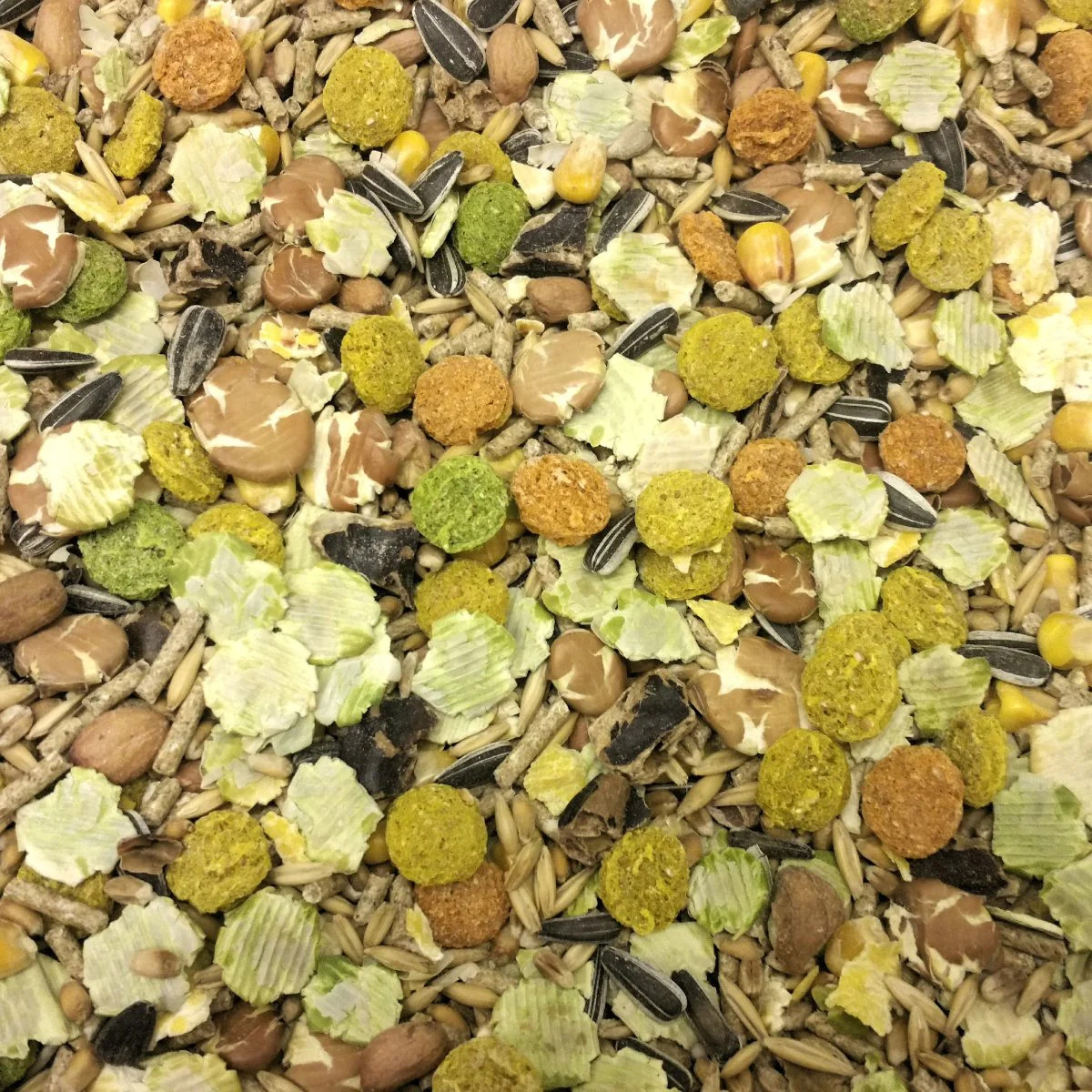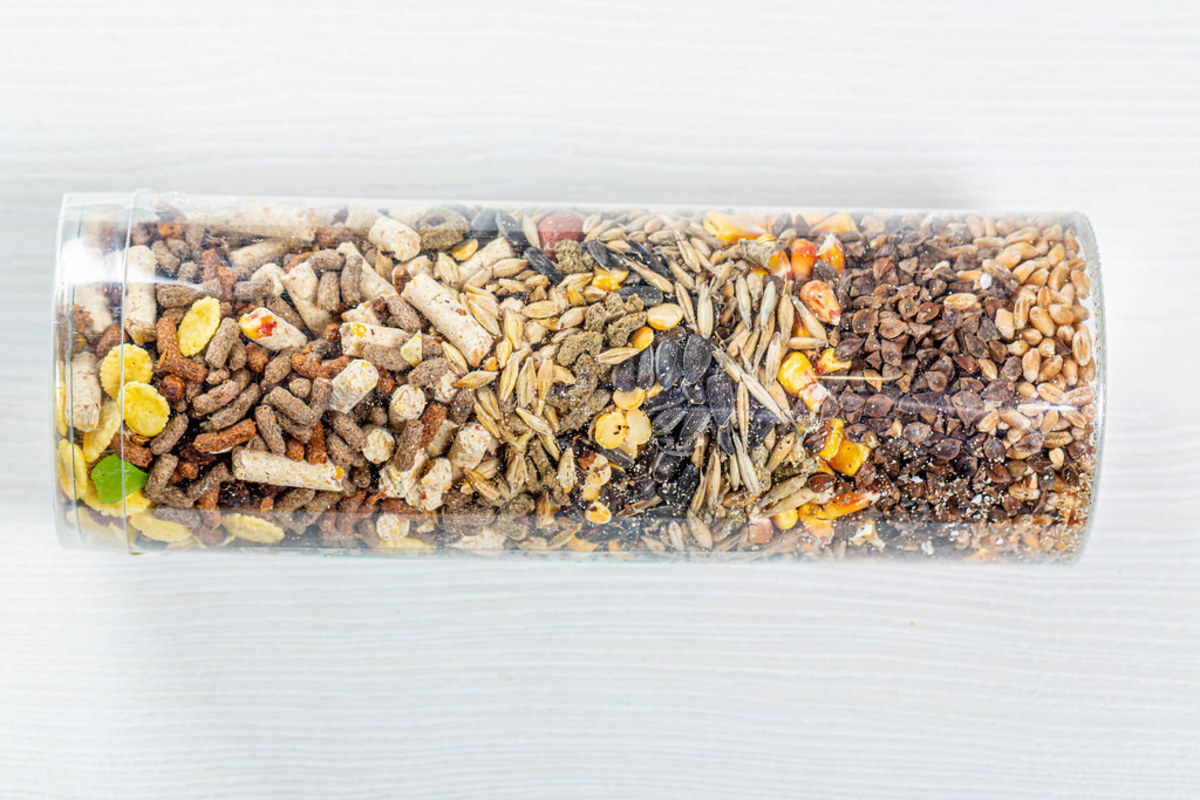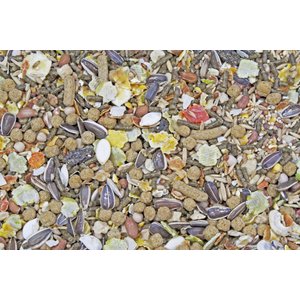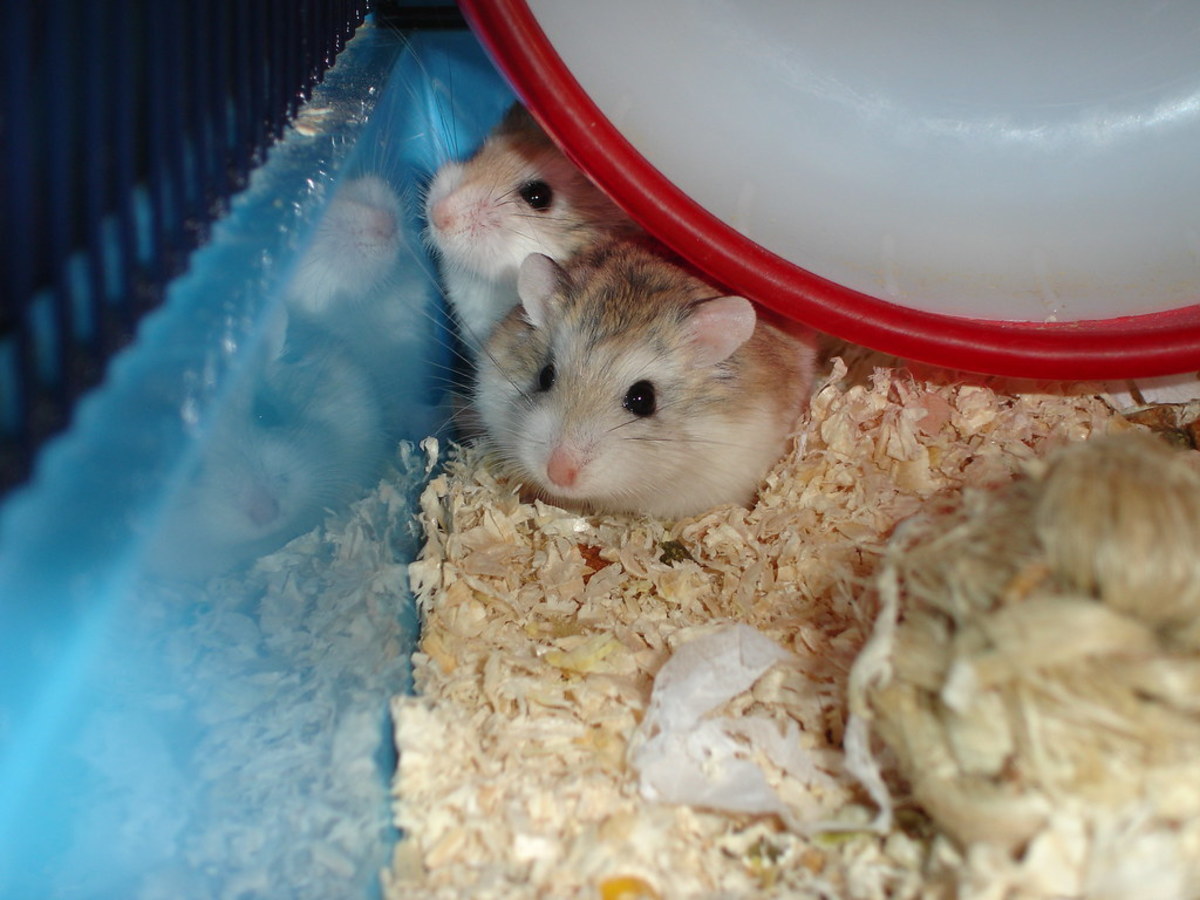hamsters are small, furry rodents that make popular pets for people of all ages. They are relatively easy to care for, and they can be very affectionate and entertaining companions. One of the most important aspects of hamster care is providing them with a healthy diet. In this article, we will discuss the best hamster food and how to choose the right food for your pet. We will also provide some tips on how to feed your hamster properly.
Can a Hamster Eat a Strawberry?
Seemore: Can a Hamster Eat a Strawberry?
Types of Hamster Food

There are three main types of hamster food available: commercial hamster food, fresh food, and seed mixes. Each type has its own benefits and drawbacks, and it’s important to understand the differences in order to make the best choice for your pet.
Commercial Hamster Food
Commercial hamster food is available in a variety of forms, including pellets, blocks, and seed mixes. Pelleted food is generally considered to be the best option for hamsters because it is less likely to cause digestive problems. These pellets are specifically formulated to meet the nutritional needs of hamsters and are made from a variety of ingredients such as grains, seeds, and vegetables.
When choosing a commercial hamster food, look for one that is high in protein and low in fat and sugar. It’s also important to check the ingredient list and avoid any food that contains artificial colors, flavors, or preservatives. These additives can be harmful to your hamster’s health.
Fresh Food
Fresh food can be a healthy addition to your hamster’s diet. Fruits, vegetables, and greens can provide your hamster with essential nutrients and vitamins. However, it’s important to introduce fresh food slowly and in small amounts to avoid digestive issues.
Some safe options for fresh food include carrots, apples, broccoli, and leafy greens like spinach and kale. It’s important to wash all fresh food thoroughly before feeding it to your hamster and to remove any uneaten portions after a few hours to prevent spoilage.
Seed Mixes
Seed mixes are a popular choice for hamster owners, but they can be high in fat and sugar. If you choose to feed your hamster a seed mix, be sure to choose one that is specifically designed for hamsters and is low in fat and sugar. Avoid mixes that contain large amounts of sunflower seeds, as these can cause obesity and other health issues in hamsters.
It’s also important to note that seed mixes should not be the main source of food for your hamster. They should be given in small amounts as treats or supplements to their regular diet.
Choosing the Right Hamster Food

When choosing the best hamster food for your pet, there are a few things to keep in mind:
Age
Hamsters of different ages have different nutritional needs. For example, young hamsters require more protein and fat in their diet to support their growth and development, while older hamsters may need less of these nutrients to maintain their weight.
Be sure to check the packaging of the hamster food you are considering to see if it is suitable for your hamster’s age. If you have multiple hamsters of different ages, it’s best to provide them with separate food bowls to ensure each one is getting the appropriate nutrition.
Breed
Different breeds of hamsters may have slightly different dietary requirements. For example, Syrian hamsters are omnivores and need a varied diet that includes both plant and animal-based foods, while dwarf hamsters are primarily herbivores and can thrive on a diet that is mostly plant-based.
Do some research on your specific breed of hamster to determine their dietary needs and choose a food that is tailored to their breed.
Activity Level
The amount of exercise your hamster gets can also affect their dietary needs. If your hamster is very active and spends a lot of time running on their wheel, they may require more protein and fat in their diet to support their energy levels.
On the other hand, if your hamster is less active, they may need a lower calorie food to prevent weight gain. It’s important to monitor your hamster’s activity level and adjust their food accordingly.
Feeding Your Hamster

Now that you’ve chosen the best hamster food for your pet, it’s important to know how to feed them properly. Here are some tips to ensure your hamster is getting the most out of their meals:
Portion Control
It’s important to provide your hamster with the right amount of food each day. Overfeeding can lead to obesity and other health issues, while underfeeding can result in malnutrition. The recommended amount of food for a hamster is about 1-2 tablespoons per day, depending on their size and activity level.
It’s also important to remove any uneaten food from their bowl after a few hours to prevent spoilage and to avoid overfeeding.
Fresh Water
Along with a healthy diet, your hamster should always have access to fresh, clean water. This is especially important if you are feeding them dry pellets or seed mixes, as these foods do not provide much moisture. Change their water daily and make sure their water bottle or bowl is always full.
Variety is Key
Just like humans, hamsters can get bored with eating the same thing every day. It’s important to provide them with a variety of foods to keep them interested and to ensure they are getting all the necessary nutrients. You can rotate between different types of commercial food, offer fresh fruits and vegetables as treats, and even give them small amounts of cooked lean meats or boiled eggs for added protein.
Common Mistakes to Avoid

When it comes to feeding your hamster, there are a few common mistakes that owners should be aware of:
Feeding Human Food
While it may be tempting to share some of your own food with your hamster, it’s important to remember that their digestive systems are not designed to handle the same foods as humans. Foods that are high in fat, sugar, and salt can cause serious health issues for your hamster. Stick to feeding them foods specifically designed for hamsters.
Not Checking Expiration Dates
Just like with human food, it’s important to check the expiration dates on your hamster’s food. Feeding expired food can lead to digestive problems and even make your hamster sick. Always check the packaging before giving your hamster any food.
Overfeeding Treats
Treats should only make up a small portion of your hamster’s diet. Overfeeding treats, especially those that are high in fat and sugar, can lead to obesity and other health issues. Stick to small amounts of healthy treats, such as fresh fruits and vegetables, and always provide them in moderation.
Conclusion

Choosing the best hamster food for your pet is an important aspect of their overall care. By understanding the different types of food available and the specific nutritional needs of your hamster, you can ensure they are getting a well-balanced and healthy diet. Remember to also monitor their activity level and adjust their food accordingly, and always provide fresh water and a variety of foods to keep them happy and healthy. With proper nutrition, your hamster will thrive and bring joy to your life for years to come.

